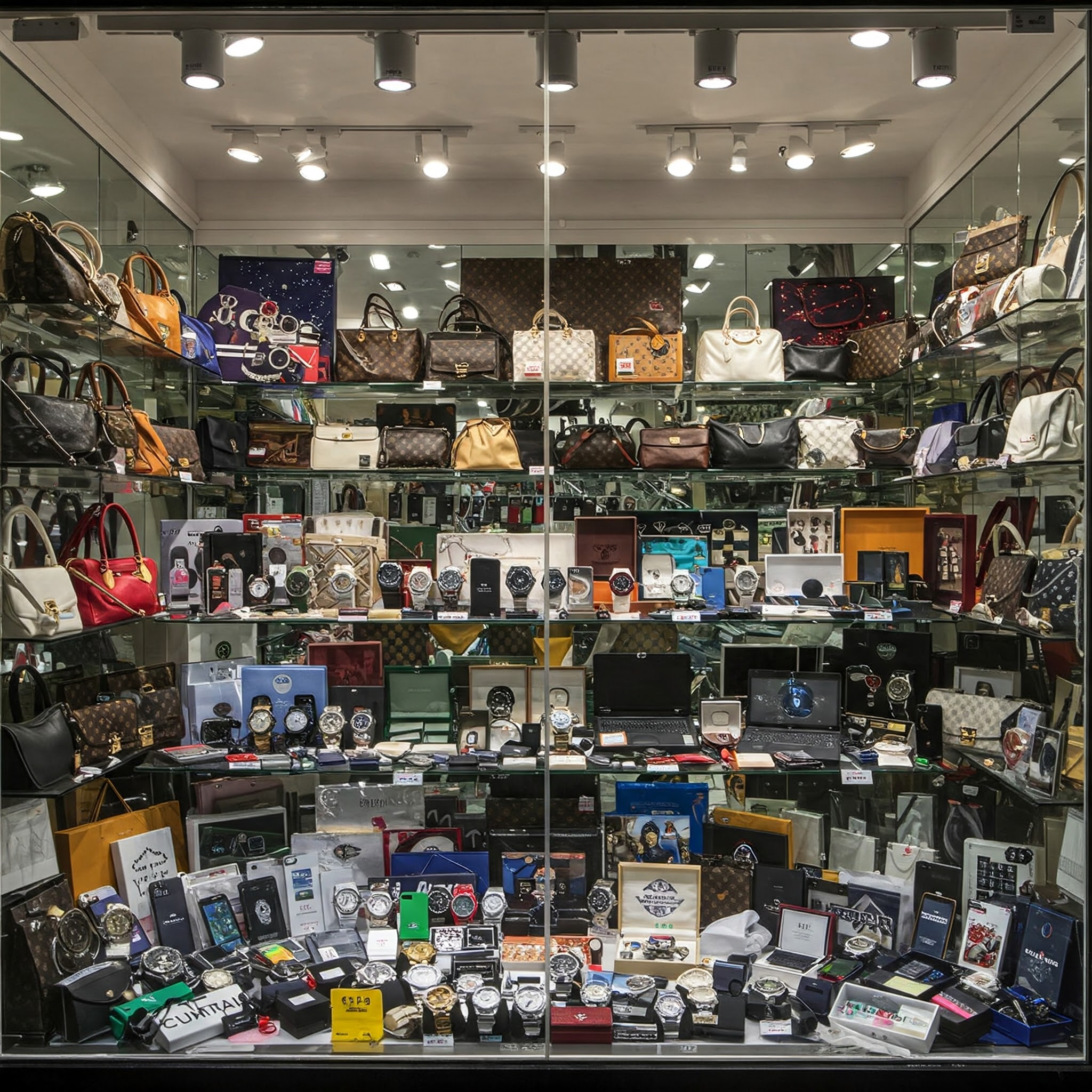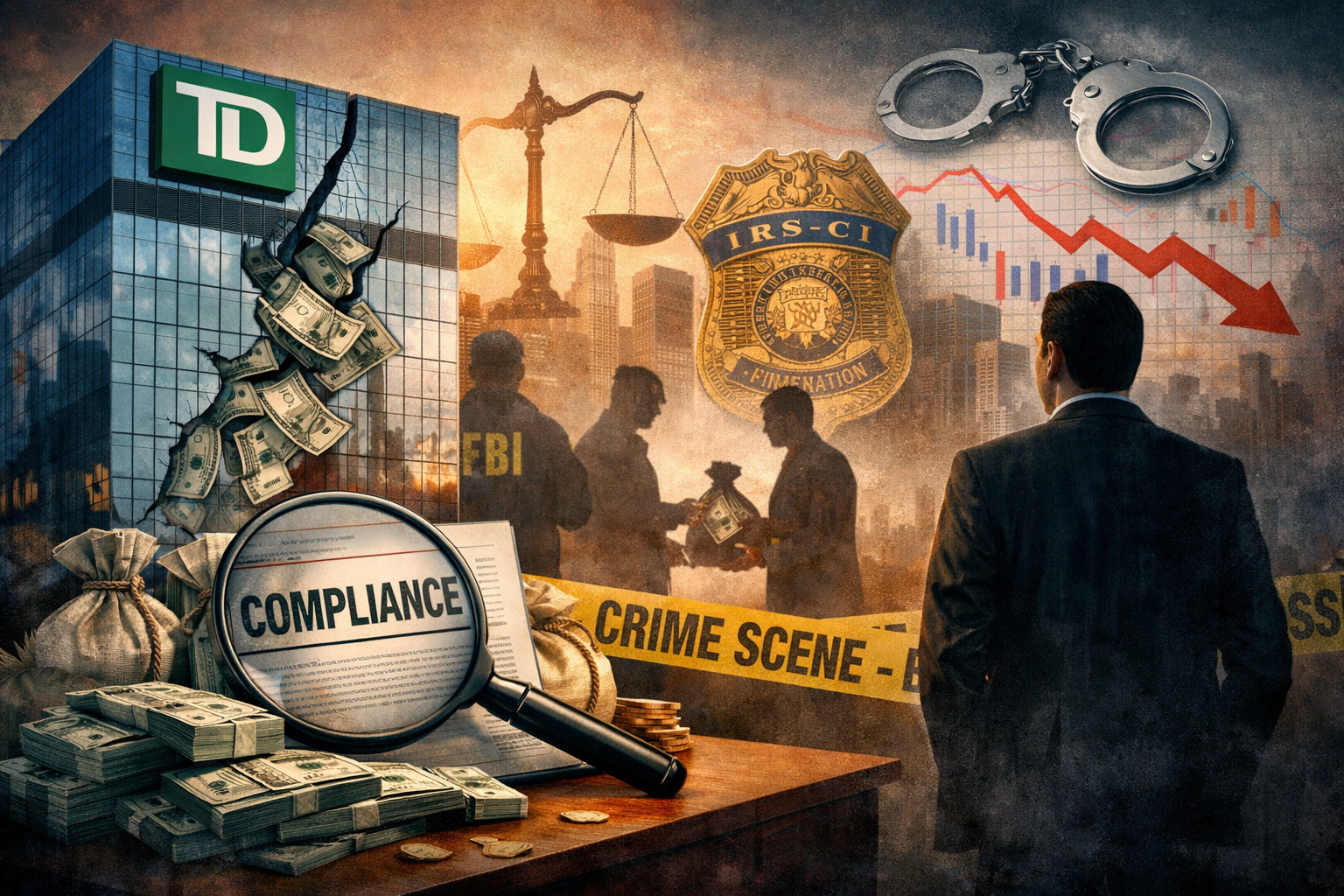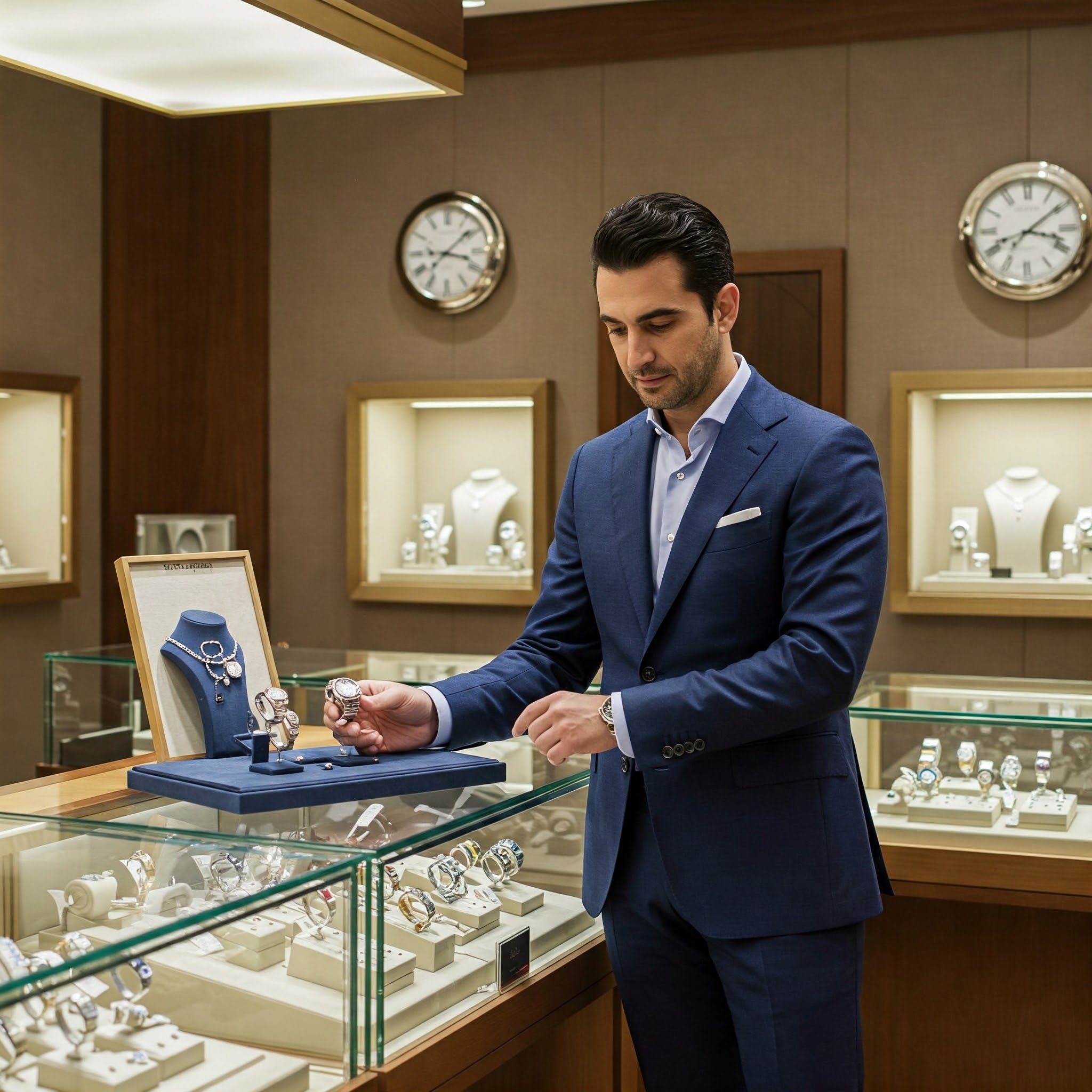
The Illusion of Luxury: Counterfeit Goods Undermine Retail Trust
LUCKNOW—From designer handbags to pharmaceuticals, the allure of luxury often masks a darker reality: the booming counterfeit market. According to the Organization for Economic Co-operation and Development (OECD), the global trade in counterfeit and pirated goods reached a staggering $509 billion in 2019, a figure that has likely surged with the rise of e-commerce. The impact of counterfeit goods extends beyond financial losses for brands. Consumers face risks from substandard products, including electronics that pose fire hazards and pharmaceuticals with harmful ingredients. The proliferation of fake goods also fuels organized crime, with profits often funding illicit activities.The digital marketplace has become a breeding ground for counterfeiters. Social media platforms and online marketplaces facilitate the sale of fake goods, often with sophisticated marketing tactics that deceive consumers. Advanced AI and image recognition technologies are now being employed to identify and remove counterfeit listings, but the sheer volume of online transactions presents a daunting challenge."Educating consumers is paramount", "Understanding the red flags, such as unusually low prices and poor-quality packaging, can help prevent falling victim to these scams."As law enforcement agencies and retailers intensify their efforts to combat counterfeiting, the battle against fake goods continues, highlighting the need for vigilance in an increasingly complex marketplace.










Comments